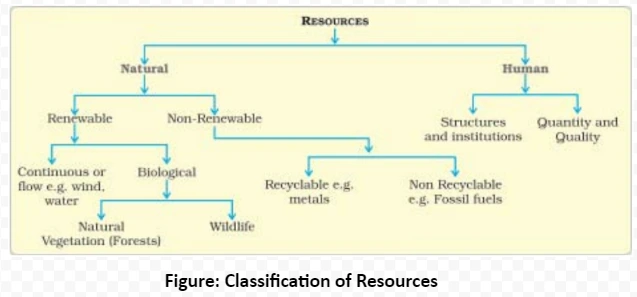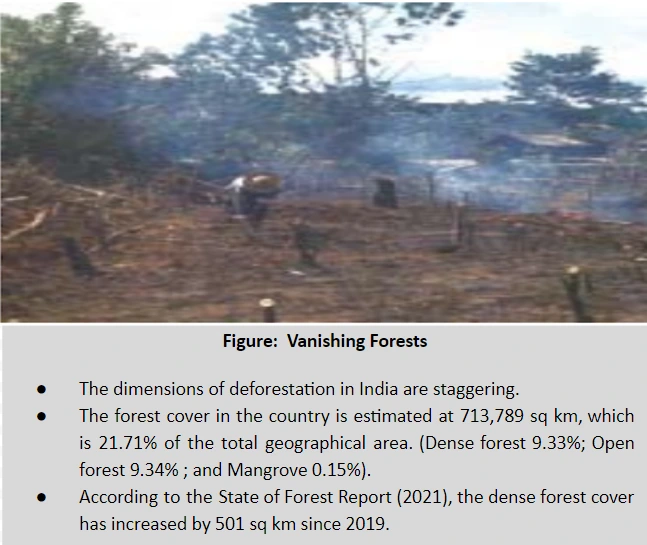![]() 9 Dec 2023
9 Dec 2023
Broadly, Natural Resources are anything that can be used to satisfy the needs of humans. It can be natural such as land, water, soil etc. or man-made such as rickshaw, books, etc. Anything that we use has some value. Thus, utility or usability is what makes an object or substance a resource and its use or utility gives it a value.
In this article, Classification of Natural Resources and its conservation will be studied. Further, resource planning will be discussed which is essential for the sustainable existence of all forms of life.


Vultures in the Indian subcontinent were dying of kidney failure shortly after scavenging livestock treated with diclofenac, a painkiller that is similar to aspirin or ibuprofen. Efforts are on to ban the drug for livestock use and breed vultures in captivity.
Also Read: Natural Vegetation & Wildlife Resources – Types, Distribution, Conservation
<div class="new-fform">
</div>